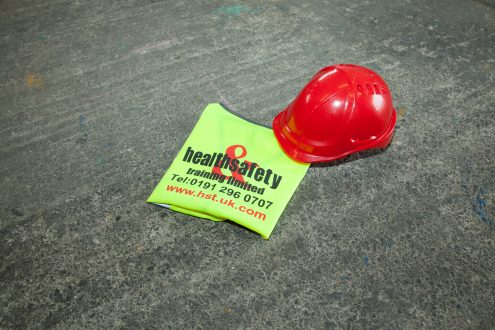The hidden danger of asbestos in the workplace
What is Asbestos?
Asbestos is a naturally occurring material, which, as a result of its high fire resistant properties, was regularly used in the construction industry from the 1950s right up until the late 1990s.
This infographic, produced by Johnson Law Solicitors, provides useful information about asbestos and the associated risks linked to exposure.
Asbestos comes in a range of forms, but the 3 main types are: Chrysotile, or white asbestos, which is most common; Amosite, also know as brown asbestos which has needle-like fibres and blue asbestos, or Crocidolite, which offers the highest levels of heat resistance.
It was used as an insulating material around pipes and boilers, in walls and ceilings and even sprayed onto tiles to form a fire resistance layer. Although it is no longer used, it can still be found in commercial premises and homes that were constructed pre-1990s.
If left intact and undisturbed, the risk from asbestos is greatly reduced, but as soon as it is disturbed, it releases loose fibres that can be inhaled. The consequences of inhaling asbestos can be severe: asbestosis, lung cancer and mesothelioma are all grave illness which have been linked to asbestos exposure.
What is Asbestosis?
Asbestosis is a lung disease, which is only caused by the inhalation of asbestos fibres. These fibres cause extensive irritation, resulting in a thickening of the lungs and scarring of the tissue known as fibrosis. Over time this fibrosis causes the lungs to lose elasticity and reduces their function.
The risk at work
Workers in the construction and maintenance industries are most at risk of exposure:
- Insulation workers
- Plasterers
- Shipyard workers
- Plumbers and pipefitters
- Heating engineers
This is because as they carry out improvement or repair work on older premises, they may come into contact with asbestos, and once disturbed, it can present a deadly risk.
Asbestos Management
If asbestos is present in your building, it is your responsibility to be aware of it and effectively manage the risk to health that it presents. Even if you suspect you may have asbestos present, you should arrange for a thorough survey by a professional to assess the suspected materials, test and remove it where necessary.
Not all asbestos needs to be removed. If it is not presenting a risk to health, and is unlikely to be disturbed in its current position, you can avoid the cost of removing it. You will however need to provide asbestos awareness training for those working in the area, and include the asbestos in your risk assessment to ensure you are taking all necessary steps to reduce the risk to your employees.
However, if the asbestos is present in an accessible area, is likely to be disturbed through maintenance or cleaning, or you are undertaking any construction or improvement work – then it needs to be safely removed.
For more information about carrying out an effective risk assessment that will identify any steps needed to reduce the risk of asbestos exposure – simply contact the team at Health and Safety Training today.
With years of experience training people from all industries and sectors to effectively identify, assess and reduce risks, you can rely on our team to help ensure the safety of your staff and visitors.
How Many Animals Can A Forklift Lift? Preparing your forklift for ice & snow





